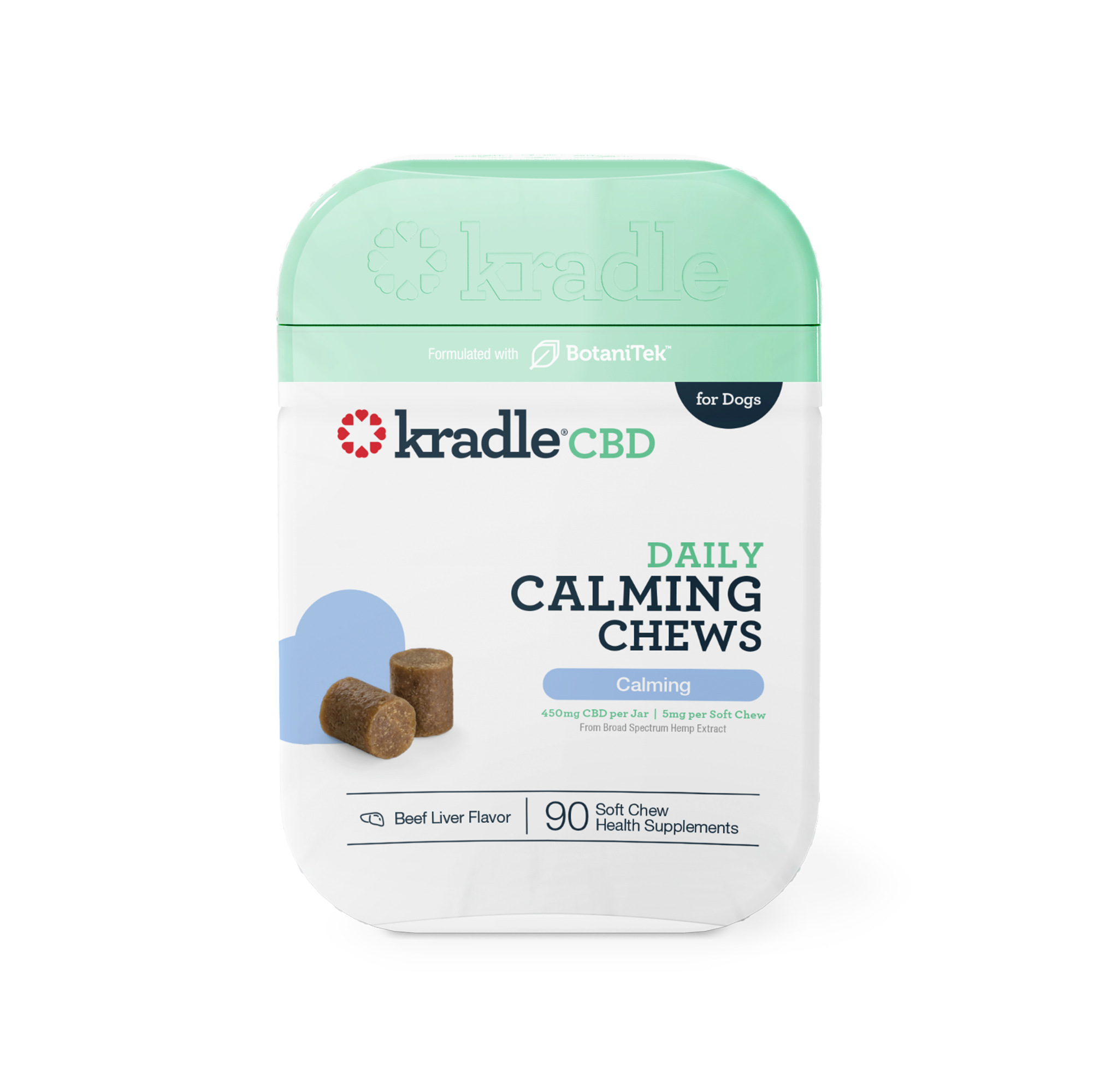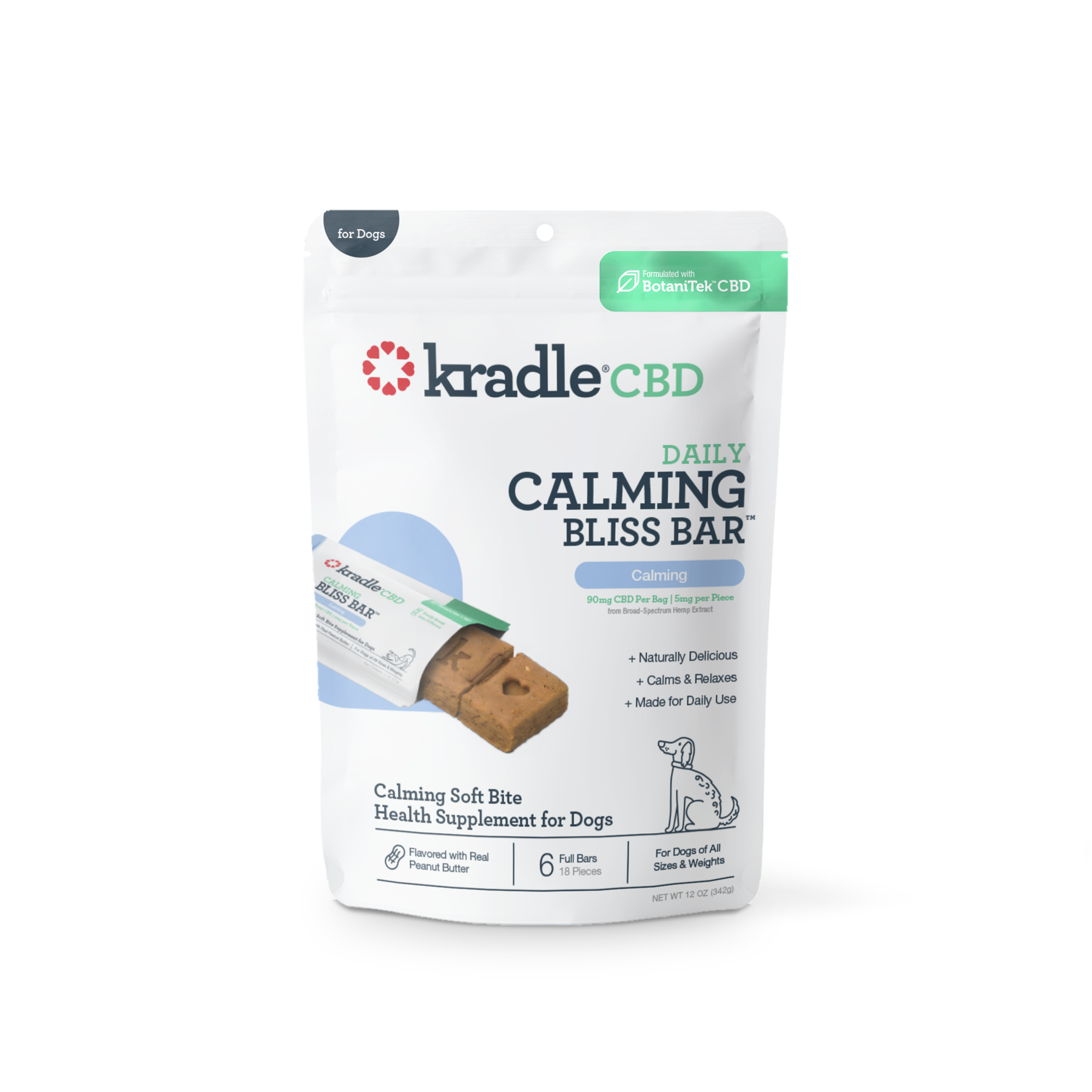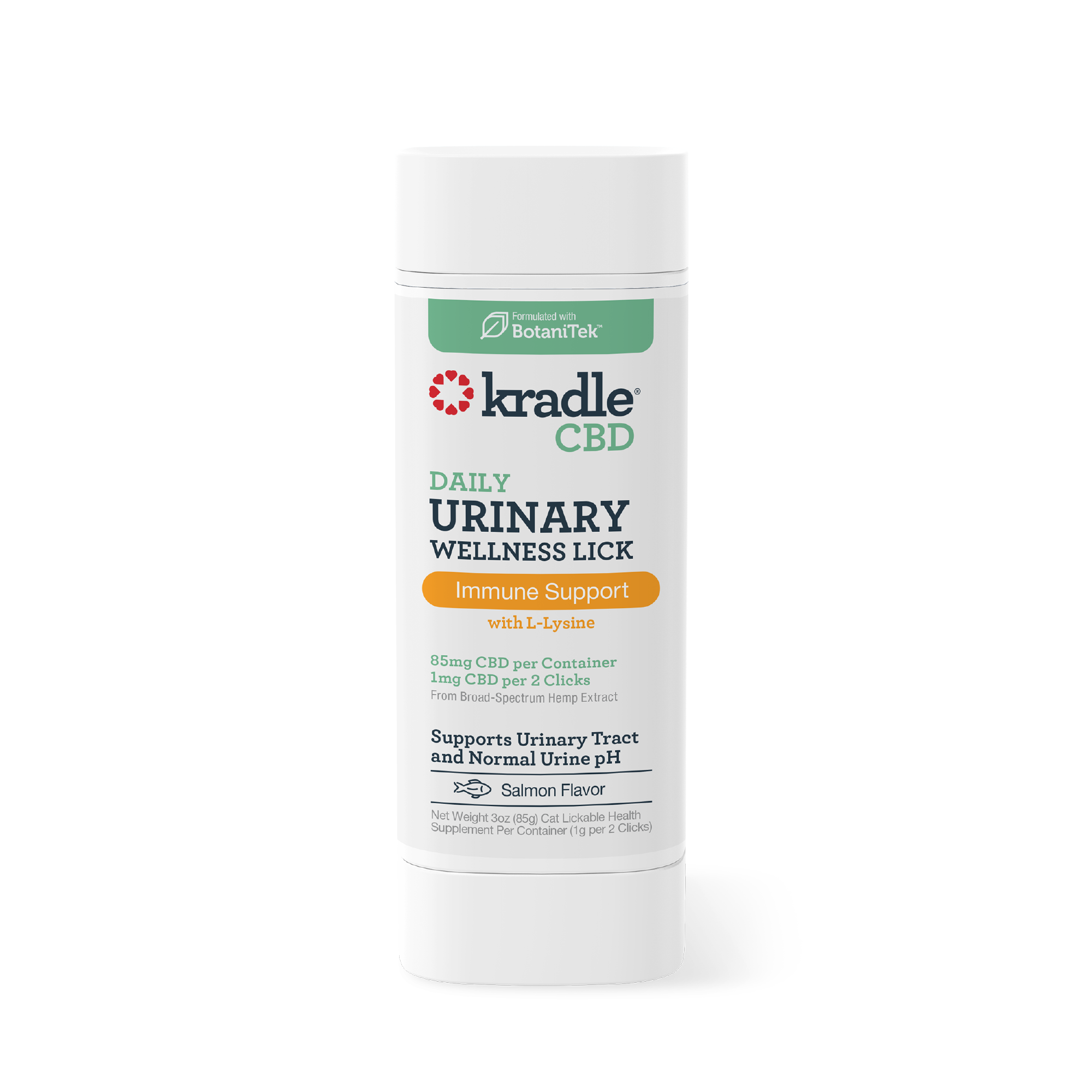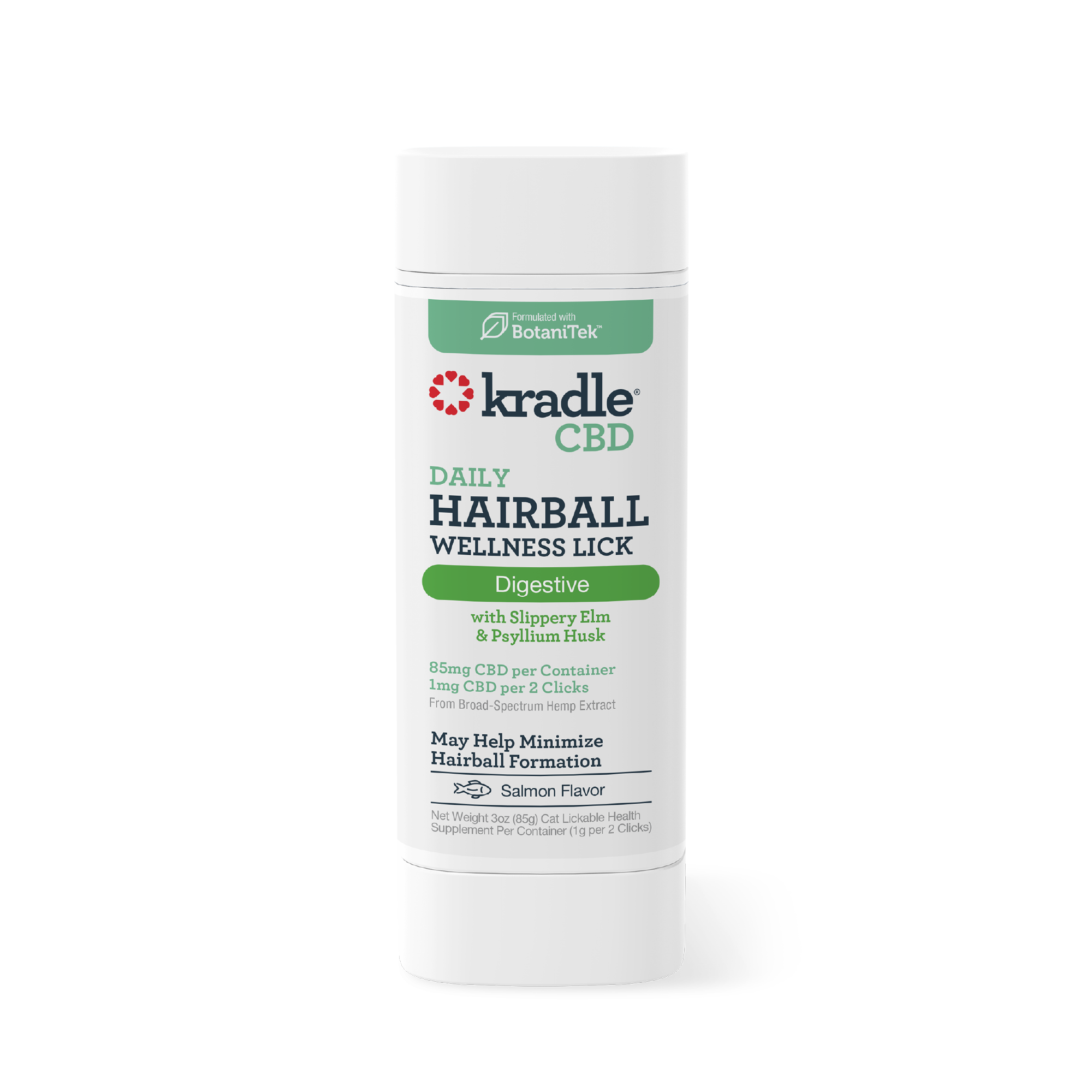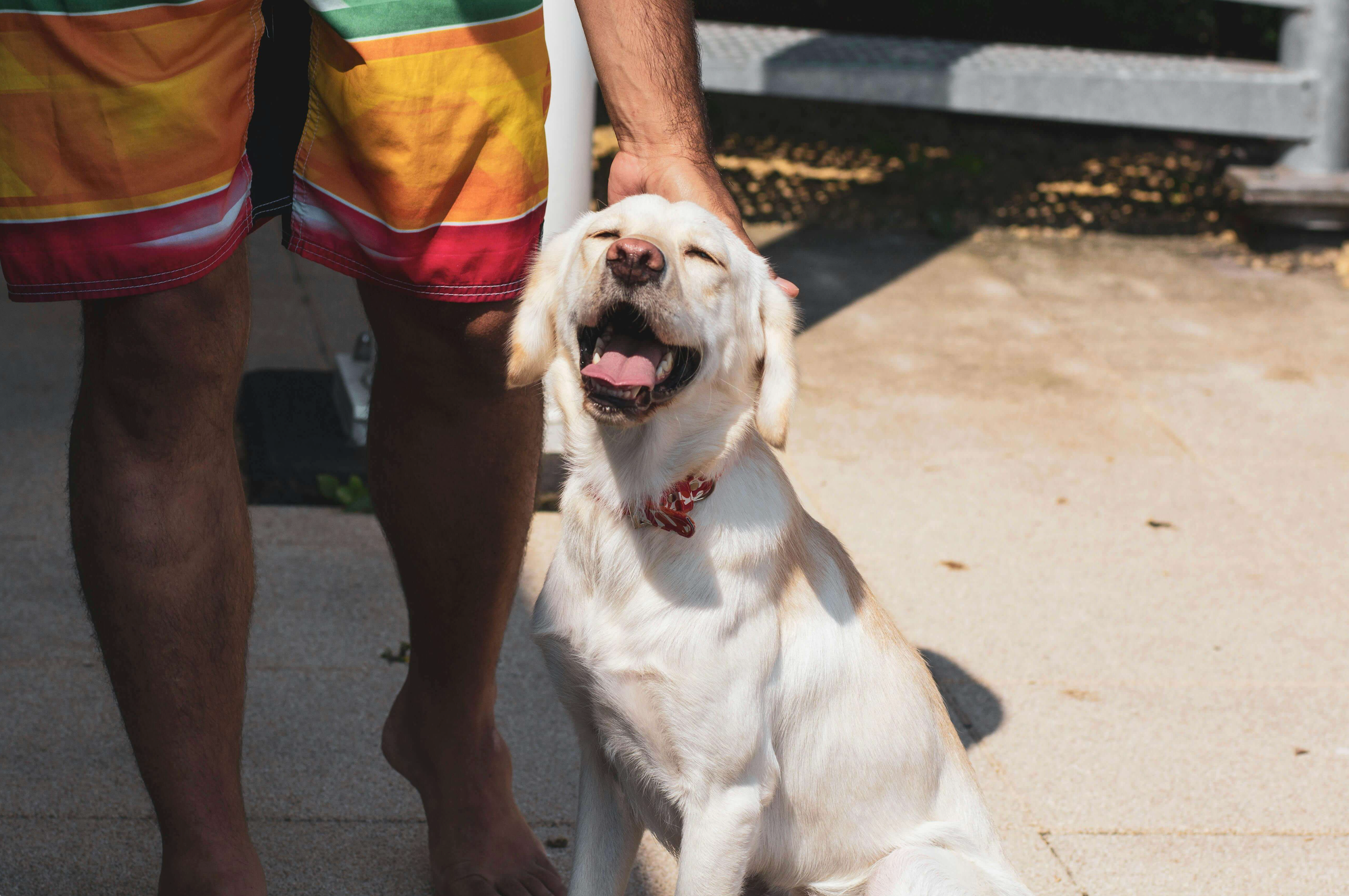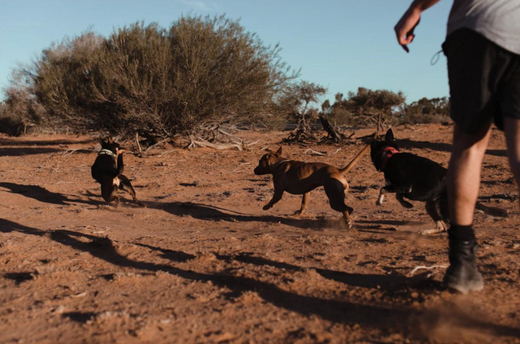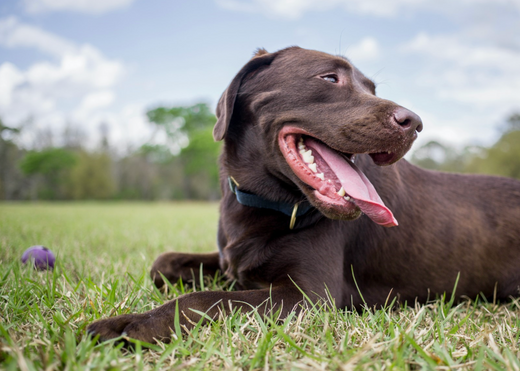
Dental Care Dos and Don'ts Keeping Your Dog's Smile Healthy
When you think about keeping your dog healthy, their teeth likely aren't the first thing you consider, but oral care is incredibly important for dogs. In fact, studies show that as many as 80% of dogs will have symptoms of gum disease by the time they're two years old, and without treatment, this condition can lead to serious problems with other parts of dog's bodies.
The good news is that you can take steps to support oral health for your dog. In this guide, we'll share tips on dental hygiene for dogs and answer common questions like "How often should you brush your dogs teeth?" so you'll have the information you need to make good decisions for your fur baby.
Understanding Canine Dental Health
Just like people, dogs need regular dental care. When they eat food, particles stick to the surface of their teeth and get caught along the gums. If it doesn't get removed, it can mix with saliva and bacteria in the mouth to form sticky plaque. Over time, that plaque can harden into tartar, which can cause unhealthy dog teeth. Dogs can develop cavities and suffer from toothaches and even tooth loss due to poor oral health.
The bacteria present in plaque can also lead to inflammation of the gums or periodontal disease. Research shows that untreated gum disease can allow bacteria to enter a dog's bloodstream, posing a risk for serious systemic infections and problems with the heart and other organs.
By prioritizing your dog's oral health, you can greatly reduce the risk of oral health and general health problems.
Getting Started: Introducing Teeth Cleaning
Brushing dogs' teeth is generally the best way to clean dogs' teeth. Starting when your dog is a puppy can make it easier for you to bring oral care into their daily routine. However, it's never too late to start brushing with a dog teeth cleaner. Here's a quick guide to how to brush dog teeth:
-
Select a Toothbrush and Toothpaste
Before you can begin brushing, you'll need a toothbrush and toothpaste. For dogs under 30 pounds, try a finger toothbrush with small bristles. An angled brush with a handle is better for bigger dogs.
For toothpaste, purchase a product made specifically for dogs. Human toothpaste ingredients may not be safe for your pooch. Select a flavor that your dog likes, such as peanut butter or poultry.
-
Get into Position
To keep your dog comfortable throughout cleaning, get down to their eye level. Hovering over them may make them feel anxious. Choose a quiet, comfortable spot that your dog is familiar with for brushing.
-
Start with a Touch
Before you begin brushing, prepare your dog by opening their mouth and running your finger along their upper teeth and gums. You may need to try this a few times before your dog stays calm. Be patient and don't attempt to go to the next step until your dog is comfortable with you touching their teeth.
-
Let Them Taste the Toothpaste
Place a little toothpaste on your finger and let your dog lick it off. If they like the flavor, they're bound to want more and be more willing to comply with brushing.
-
Touch with the Brush
Apply toothpaste to the brush and then place it against their upper gum line, holding it at a 45-degree angle. As with Step 3, your dog may not tolerate this step. If not, stop for now and try again later. Only continue when your dog remains calm during the initial touch.
-
Brush in a Circular Motion
Once your dog is ready for you to proceed, start brushing, keeping the brush at a 45-degree angle and making circular motions. Start on the back teeth that are more prone to plaque and maintain a light touch to prevent irritation. Stop if your dog becomes stressed or begins to struggle.
-
Build up to 2 Minutes of Brushing
Ideally, you want to brush your dog's teeth for a total of 2 minutes and clean all of their upper and lower teeth. However, it will likely take time for your dog to stay still for this long. Follow their lead and gradually lengthen brushing sessions.
-
Reward with a Treat
No matter how long your dog lets you brush, reward them at the end with a treat. Choose a dental care treat to support oral hygiene, such as Kradle Sleepy CleanZzz. Our dog chews work like other dog teeth cleaning chews but also contain our BotaniTek blend of natural, premium, human-grade ingredients that help to soothe your pet naturally.
Maintaining Oral Health in Dogs
Once your dog is cooperative when brushing, it's important to keep up with regular cleaning. So, just how often should you brush your dog's teeth? Like people, dogs benefit from twice-daily brushing. However, this might not be possible with all dogs. Strive for at least three cleanings per week initially, and once you get to that point, increase the frequency from there.
In addition to regular brushing, follow these tips to support ongoing oral health:
- See your vet regularly: Visit your veterinarian as frequently as recommended, so that they can keep an eye on your dog's oral health. Your vet can also give you advice on how to select the best toothbrush, the best toothpaste and the best chews for dogs teeth based on their age and breed.
- Keep an eye out for oral care problems: Monitor your dog for signs of oral health problems, such as bad breath, gum inflammation and bleeding, excessive drooling, missing or loose teeth, reduced appetite and eating on only one side of their mouth. See the vet promptly if you spot any of these warning signs.
- Choose food wisely: A healthy diet is essential to oral health. Ask your vet what food is best for your pooch to ensure that they get the vitamins and minerals they need for strong teeth and healthy gums.
- Use their urge to chew to your advantage: Dogs love to chew, so give them a healthy way to indulge that urge with teeth-cleaning toys, bones and treats.
How Kradle Can Help
Proper dental hygiene is an important part of keeping your dog happy and healthy. By following the dog teeth cleaning and dental care tips outlined above, you can support your pooch's oral health through every stage of life. As you stock up on oral care essentials for your dog, check out our full line of Kradle products for dental hygiene and calming stress and anxiousness.

